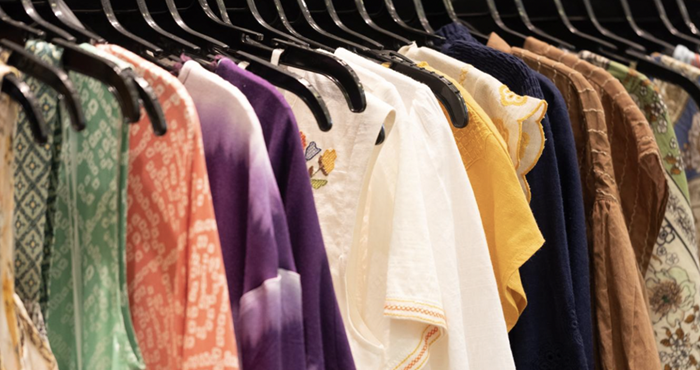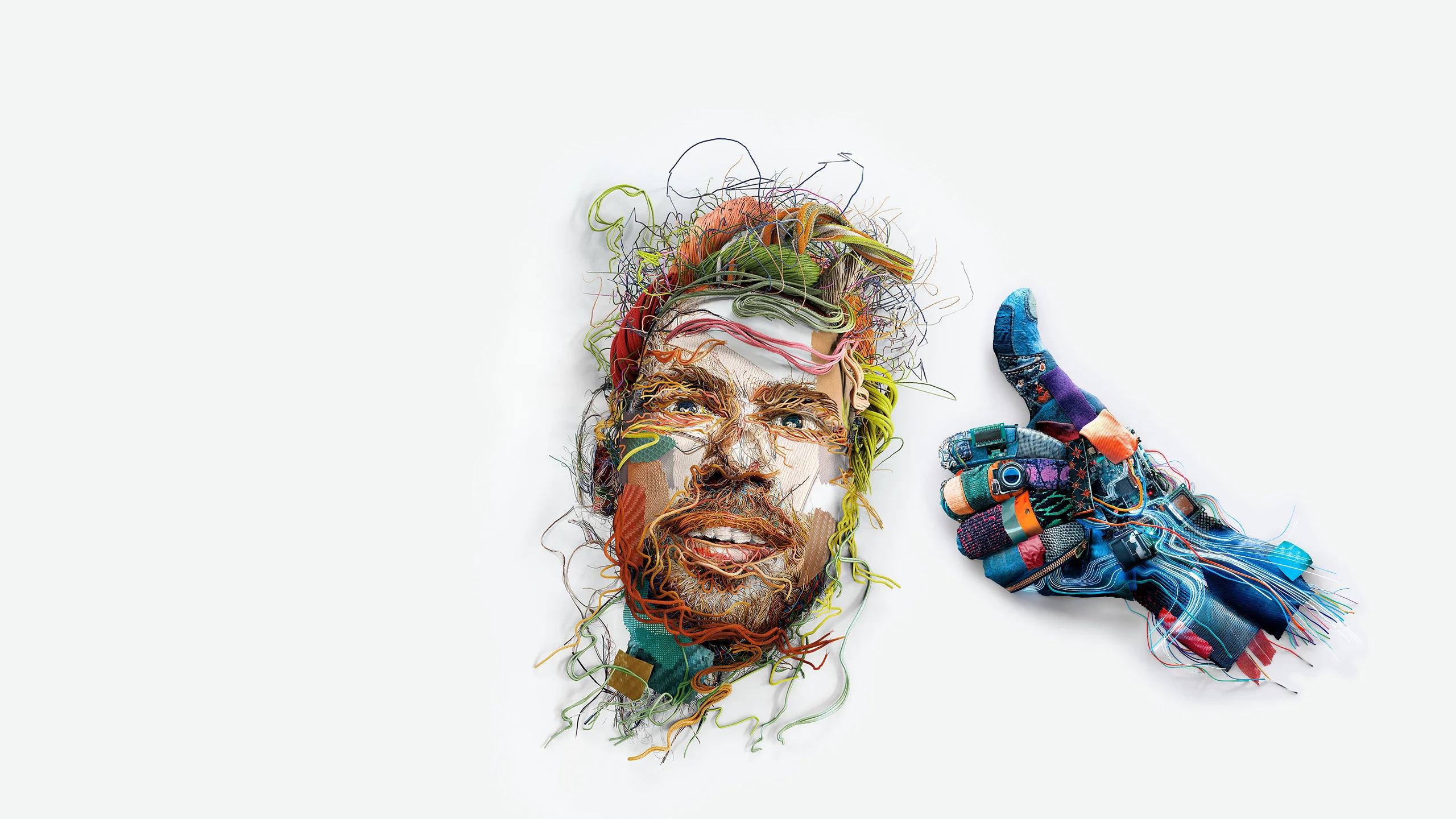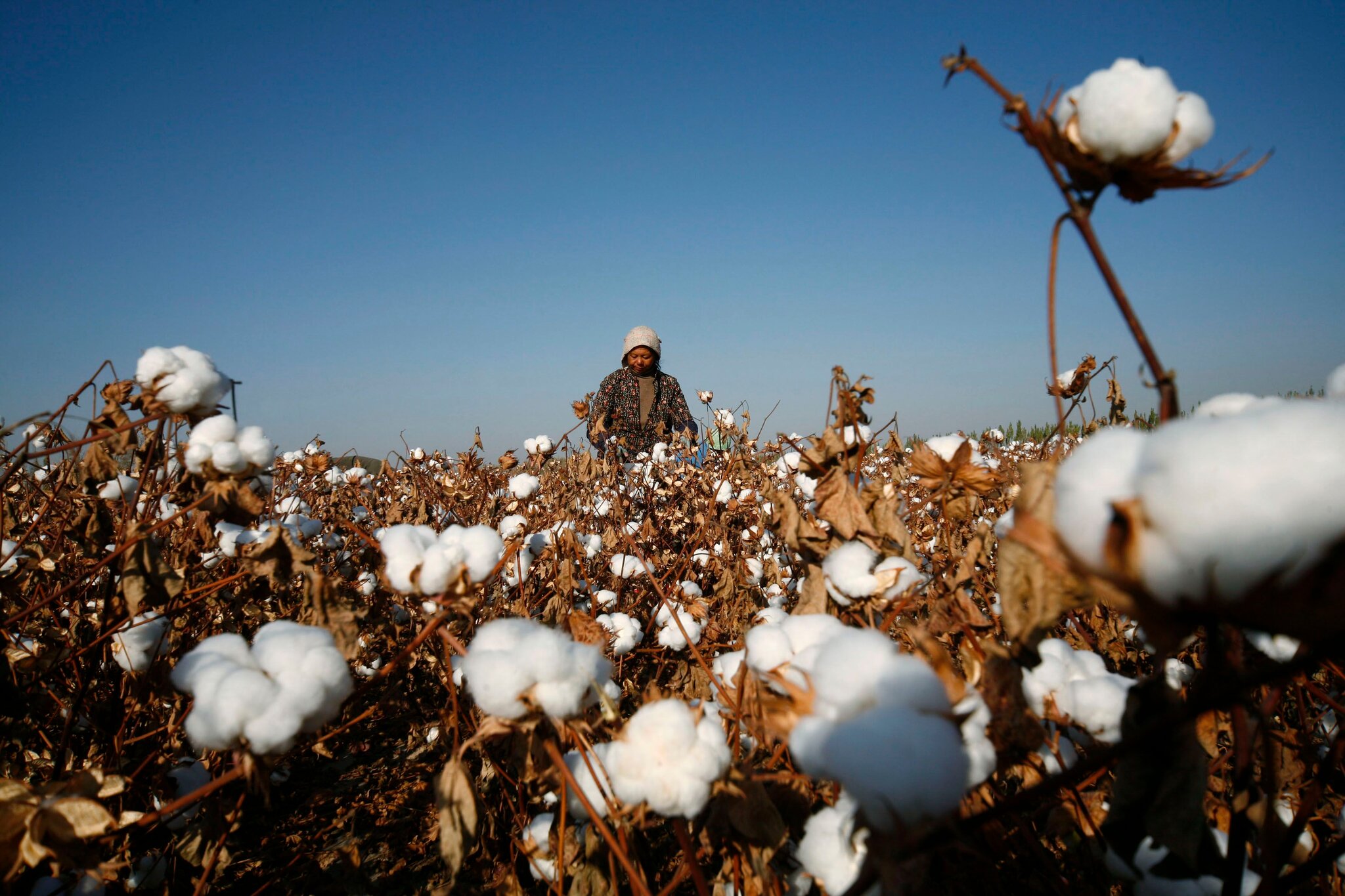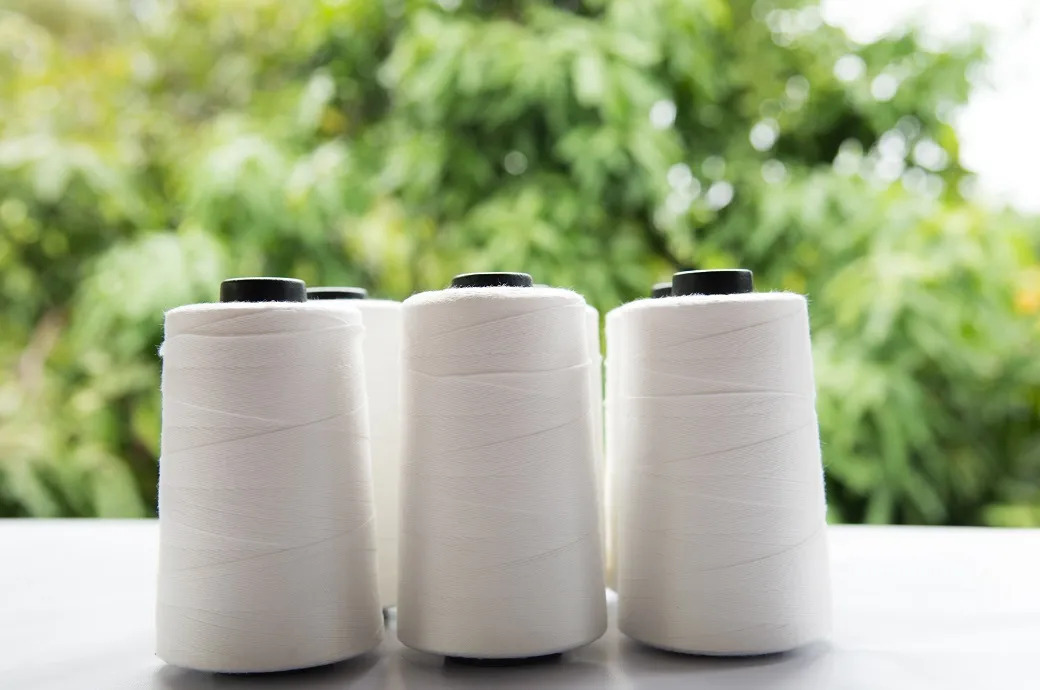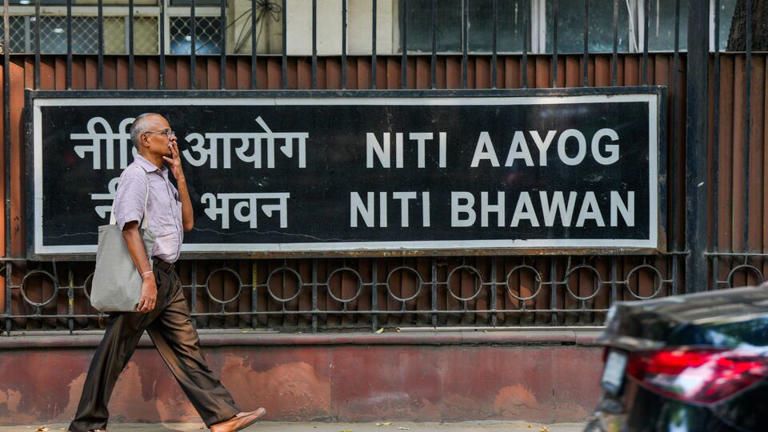
Niti Aayog’s latest "Trend Watch Quarterly" report has issued a stark warning: India's textile sector must undergo swift and comprehensive reforms to sustain its competitive advantage in the global market. Released on March 28, the report, titled "Trade Watch July-September (Q2) FY25," highlights the sector’s critical role in India's economy while underscoring the urgent need for strategic policy interventions.
A sector of national importance, facing global challenges
The textile industry remains a crucial pillar of India’s industrial output, employment, and exports. In 2023, textiles accounted for 5% of India’s total exports, valued at $34.2 billion. However, despite its historical significance, India's global textile trade share stands at just 4%, ranking it as the sixth-largest exporter. In contrast, countries like Bangladesh and Vietnam have surged ahead, capitalizing on cost efficiencies and favorable trade policies.
“The domestic textile sector needs immediate reforms in supply chain integration, cost efficiency, and sustainability compliance to sustain its competitive advantage,” the report states.
India’s Strengths and Weaknesses: A detailed analysis
The report provides an in-depth analysis of India’s textile exports, identifying both strengths and areas for improvement:
1. Natural fibre dominance
India is a global leader in natural fibre-based textiles, particularly in cotton and carpets. However, this reliance limits diversification, making the industry vulnerable to shifts in global demand for synthetic and technical textiles.
2. Apparel and technical textiles gap
India struggles in apparel exports, with competitors like Bangladesh and Vietnam overtaking its market share due to lower labor costs and preferential trade agreements. The country also lags in high-value technical textiles, a segment dominated by China, Germany, and South Korea, which is critical for industrial and medical applications.
3. Export concentration
While India exports 840 textile products, over 52% of its exports come from just 134 items, reflecting a lack of diversification. This over-concentration poses a significant risk—if these 134 items lose competitiveness, the industry could face a substantial downturn.
4. Dependency on imports
India remains dependent on China for synthetic fibres and technical textile raw materials, posing a challenge for self-reliance and expansion in high-margin textile segments.
Key Textile Export Figures (FY24)
|
Country |
Textile/Garment Export Value (USD Billion) |
|
India |
35.94 |
|
Bangladesh |
44.47 |
|
Vietnam |
~44 |
India’s Global Textile Trade Share
|
Metric |
Value/Percentage |
||||||
|
India's Global Trade Share |
4% |
||||||
|
India's Textile Export Value (2023) |
$34.2 Billion |
||||||
|
India’s Export Concentration
|
|
The imperative for reform
The report highlights a concerning trend: India’s textile and apparel exports have stagnated at approximately $40 billion for the past six years, growing at a mere 0.8% annually—well below the global growth rate of 3.5%. To regain its competitive edge, India must implement crucial reforms in:
- Supply chain integration: Streamlining logistics and reducing inefficiencies to lower costs.
- Cost efficiency: Enhancing productivity and leveraging economies of scale to maintain competitive pricing.
- Sustainability compliance: Meeting stringent global labor and environmental regulations to retain market access in developed countries.
- Diversification: Expanding into man-made fibres and technical textiles to reduce over-reliance on traditional cotton-based exports.
Global trade dynamics and geopolitical shifts
The report also examines how global geopolitical shifts—particularly the ongoing US-China trade tensions—are reshaping trade patterns. While this situation presents opportunities for India in sectors like pharmaceuticals, IT services, and manufacturing, it also necessitates improvements in ‘Ease of doing business’ reducing bureaucratic hurdles to attract foreign investment, ‘Trade infrastructure’ upgrading ports, logistics, warehousing to boost efficiency and ‘Regulatory alignment, ensuring compliance with global trade policies to strengthen international partnerships.
“Growing geopolitical fragmentation, particularly between the US and China, is reshaping global trade dynamics,” the report notes.
Looking Ahead: Strategic policy reforms
B.V.R. Subrahmanyam, Chief Executive Officer at Niti Aayog, emphasized, “India’s trade landscape continues to evolve, driven by strategic policy reforms, resilient industrial growth, and expanding global partnerships.”
The report concludes that India must prioritize innovation, modernization, and policy-driven competitiveness to capitalize on emerging global opportunities. It also hints at upcoming insights into the Reciprocal Tariff Plan’s impact on India, which will be detailed in the next edition of Trade Watch.
As global trade dynamics continue to shift, India’s textile industry stands at a crossroads. The need for urgent reforms is undeniable—without decisive action, India risks losing its foothold in the global textile market. With strategic investments in modernization, policy support, and diversification, India can reclaim its position as a global textile powerhouse.


